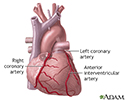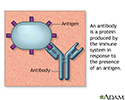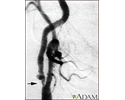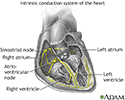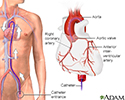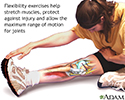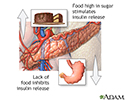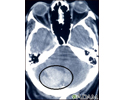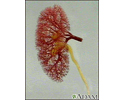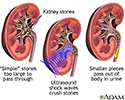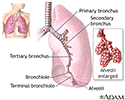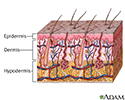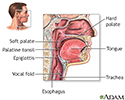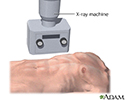Breathing is something we do without even thinking about it. But some people have a hard time breathing easily. They wheeze, cough, and just can't get enough air into their lungs. Let's talk about asthma.
Normally when you breathe, oxygen-rich air enters your nose and mouth and travels to the airways in your lungs. But when you have an asthma attack, the muscles in your airways tighten. Your airways swell up and get narrower. It's like pressing on a straw when you're trying to drink through it. The more you press, the less of your drink can squeeze up through the straw. In the same way, less air can squeeze through tight airways into your lungs.
So, what causes asthma?
People with asthma have different triggers. Some people are sensitive to pet hair or dander. Others find that dust, pollen, smoke, or chemicals make them wheeze. You may have trouble breathing when you're under stress or working out at the gym.
Often people with asthma have allergies that trigger their attacks. Others have a parent or other relative who has allergies.
You may ask, how can you know for sure that you have asthma?
During an asthma attack, you'll have trouble breathing. You may cough or wheeze as you try to draw air into your lungs. If you're having a severe attack, your lips and face may turn blue and you'll have a hard time getting any air. That's when it's time to call for emergency help.
Your doctor will listen to your lungs with a stethoscope, and may do other tests to check your blood and lung function. To find out what's triggering your asthma, you may need to be tested for allergies to mold, pollen, pet dander, or other substances.
To measure the strength of air flowing out of your lungs, you'll blow into a device called a peak flow meter. You can also use a peak flow meter to make sure you're keeping your asthma under control.
Different medicines are used to prevent and treat asthma. Control drugs help you avoid asthma attacks, but you need to take them every day for them to work. You breathe in control drugs like Flovent and Pulmicort through an inhaler.
If you’re having an asthma attack, you can take a quick-relief drug to control your wheezing. Examples of quick-relief drugs include short-acting inhaled drugs like Albuterol.
When you have asthma, you need to be prepared. Know your asthma triggers and try to avoid them. Carry an inhaler with you in case you have an asthma attack. If you ever have an attack that's so severe you can't breathe, call 911 or get emergency medical help.
 All rights reserved.
All rights reserved.

























































































































































































































